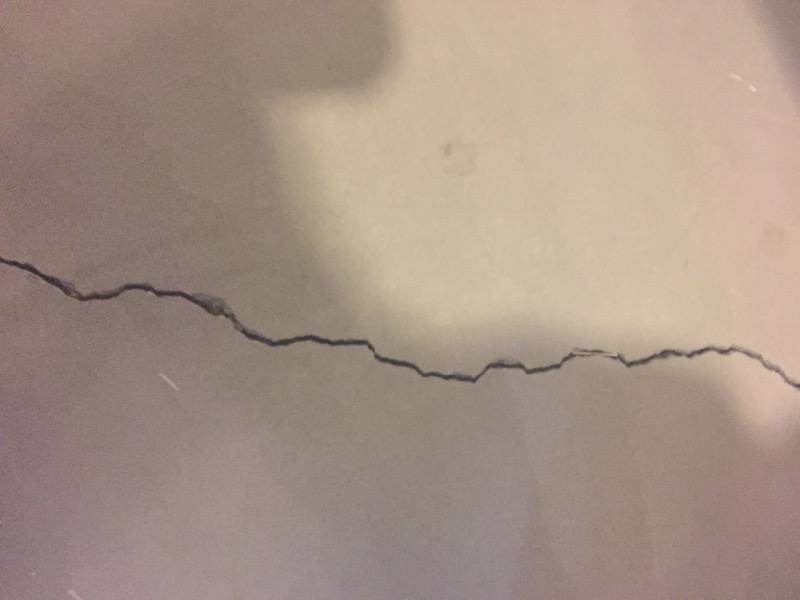Many commercial buildings are built on a slab. Many times a slab will crack, even right after construction. SO I wanted to cover a few points on this.
Concrete will crack as a normal outcome of the curing process. Cracking can be worsened if uneven bearing conditions, such as un-compacted fill areas, exist under the slab.
The use of welded-wire fabric reinforcement provides a means of controlling the severity of cracking. While fiber-reinforced concrete may also provide adequate crack control, the introduction of fibers may tend to decrease the workability of wet concrete. Therefore, the appropriate concrete-mix design and placement should be considered with the use of fiber-reinforced concrete to prevent problems created by use of additional water to improve workability.
Excessive use of water for workability will tend to allow moisture to more readily penetrate the concrete slab, weaken the concrete, and lead to differential drying issues and cracking. Excessive cracking can allow additional moisture, as well as radon gas, to penetrate more easily through the slab.
Concrete control joints may also be used to control random cracking by creating planned lines of weakness in the slab. Shrinkage and curing cracks generally occur in any continuous length of concrete greater than about 12 feet.
